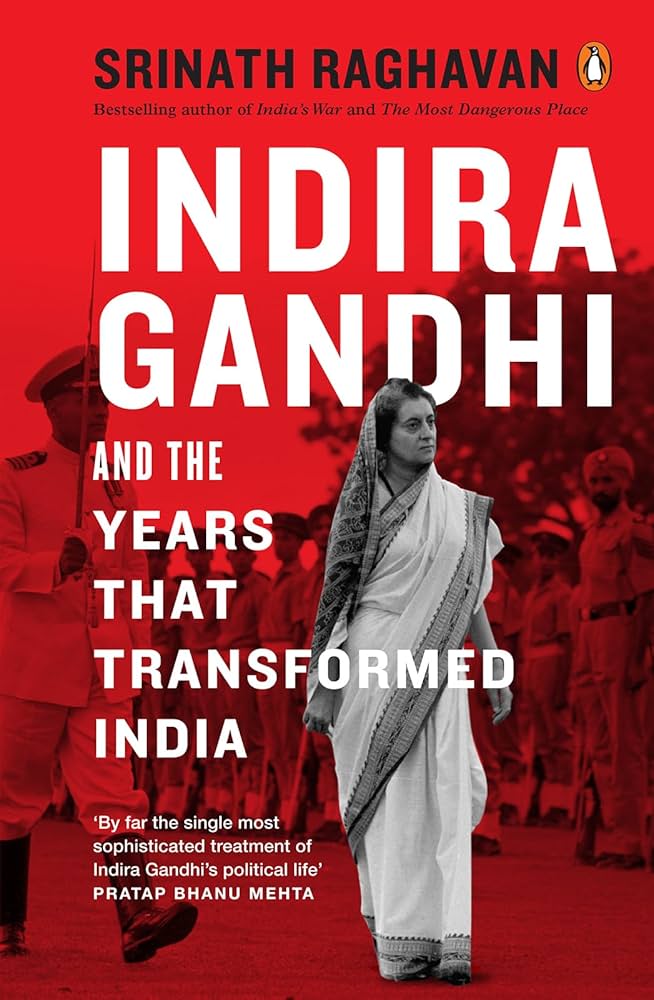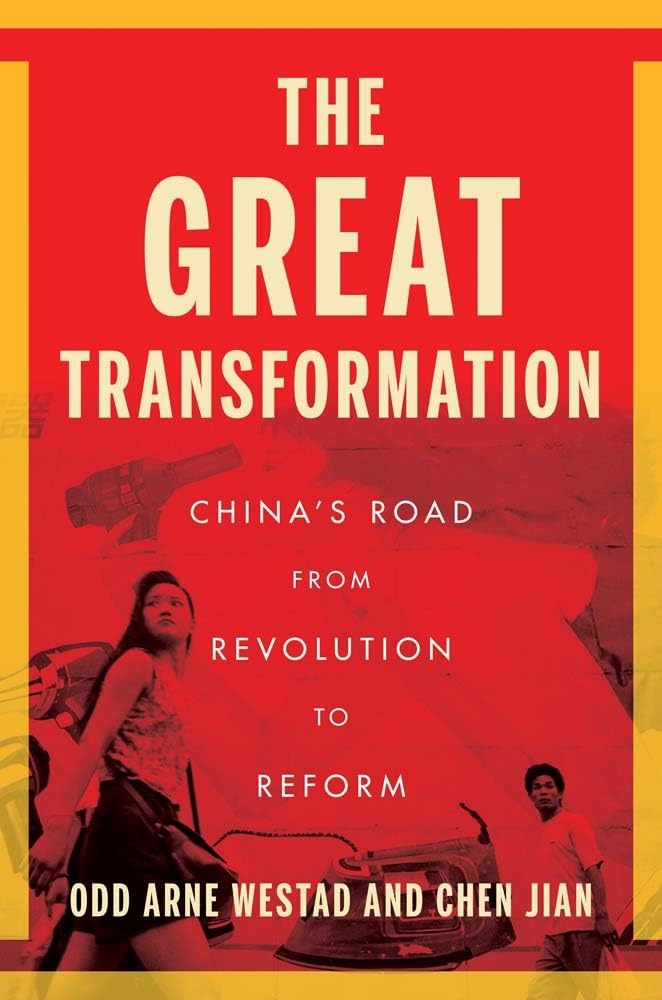‘The Long Seventies’: Reading on India and China in 2025
Mao Zedong’s supposed comment on what the impact of the French Revolution 1789 on the course of history had been, made during US President Richard Nixon’s path-breaking visit to China, has been misquoted and misunderstood for a few decades now.
Chairman Mao is said to have quipped that it was “too early to judge” its impact. The fact is that it was Chinese Premier Zhou Enlai, not Mao, who said this, and not with reference to France in 1789 but to a question regarding the unrest on French university campuses in 1968. Zhou thought it was too early to tell in the early 1970s what the impact of 1968 would be.

Srinath Raghavan
Indira Gandhi and The Years That Transformed India
Penguin-Allen Lane, 2025
But 50 years have passed from the 1970s now and unlike Zhou, historians Srinath Raghavan, Odd Arne Westad and Chen Jian think it is the perfect time to tell the story of the “long seventies” and its impact on modern-day India and China, respectively. Spending the summer with their two magisterial books on a particularly tumultuous period in the respective histories of the two grand Asian neighbours has been instructive in many ways.
Srinath Raghavan’s Indira Gandhi and the Years that Transformed India is a sumptuous read. One uses this word with some care. There is something uplifting in the way Raghavan has not only marshalled his facts but written them out and presented his case for the 1970s being a very significant turning point in modern India’s history. It was a grim period and full of uncertainty that we often ignore when revisiting it superficially from our distance.
The central person in the narrative, Indira Gandhi, has had many biographies written about her: mostly unremarkable but some remarkable ones. What Raghavan does is to be actually able to tell an objective story. There is a deliberate steering away from just rendering her as the devil, the authoritarian, who destroyed all institutions in her stride – or building the Iron Lady myth. He is able to tease out her policies (and impositions) and boldly evaluate them for what they did to India. Raghavan’s assessment of the effect of bank nationalisations on India’s poor sheds important light on what the state did for India’s poor and dispossessed. Her battles with the formidable old guard of the party are accounted for in the light of their impact on the party, Indira Gandhi herself and India’s political chessboard. In Raghavan’s own words, he has attempted to go beyond “condemnation and condonation”, instead bringing “explanation, understanding archival scholarship and cool interpretation” to our understanding of a period of fundamental change – the seventies – which casts its long shadow on the present in many ways.
But why must a political history of Indira Gandhi be about the “long seventies” and what does that even mean? The author describes them as a period going beyond just the ten years that a decade is meant to usually add up to. His understanding of these years is as “the hinge” on which the transformation of India from a young postcolonial nation into today’s India turns – a “prolonged period of uncertain change”.
It is quite the same with Westad and Chen’s work, The Great Transformation; China’s Road from Revolution to Reform. From the tumult and horror of the Cultural Revolution of the 1960s, which the two historians unsparingly piece together (and apart), the authors go on to speak of the ‘reform’ and the dramatic changes that followed as China pivoted away from the Soviet Union and Vietnam and hitched itself to the Unites States. Much of this period had its roots in the change that the Cultural Revolution had managed to effect in the country – on its economy, society and the expectations of the average Chinese.

Odd Arne Westad and Jian Chin
The Great Transformation: China’s Road from Revolution to Reform
Yale University Press, 2024
The Great Transformation is a title deliberately picked from social philosopher Karl Polanyi’s 1944 book. Polanyi had argued for seeing political, social and cultural dynamics as impacting the economies of Europe – about European markets and capital not being an inevitability and not having just appeared from outer space. In the same spirit, this book is about how “politics and society combined with markets and capital to produce China’s great transformation, from Maoist socialism in the 1960s to incipient capitalism in the 1980s”. It captures the massive change that China saw in this period, with often the same cast of characters rooting for different things at different times. They tell the story of society transforming itself dramatically, as much if not more as its political elite, emphasising that the roots of its transformation often lay in events and circumstances immediately preceding the time.
To the superficial view that Deng Xiaoping’s ‘reforms’ must only be seen as a sharp disjuncture from the past, the authors bring a deeper understanding. Their lens tells the reader that it was birthed in exactly what happened before Deng, he didn’t suddenly decide on one fine day that he would deliver ‘prosperity’ to his people. The book’s strength is its ability to take the reader through the changes in China at this time and be able to explain how the change was central to the continuity that the Chinese Communist Party has been about, bringing you one step closer to understanding why the party has endured.
Readers are well advised to keep their India separate from their China and read these books separately.
But reading these books simultaneously is advised for when they both refer to 1971-2. This period in the popular Indian imagination is almost entirely about Indira Gandhi’s massive electoral victory and the formation of Bangladesh. But moving between these two books is about understanding how this time – when Bangladesh was being formed and Pakistan was delivered a big blow – was about a time in China, when the same Pakistanis were secretly helping Kissinger and Nixon court them and change China’s destiny forever. Between the formation of Bangladesh and between China and the US coming together, it reconfigured the way the US-USSR rivalry was to play out in the years to come.
This makes you wonder, of course there was a “long seventies”, but could 1971-2 be the shortest slice of those seventies, that heralded the most change with deep consequences on today? This, by the way, is about the time when Zhou Enlai said, “it was too early to judge”.
This article went live on July sixth, two thousand twenty five, at fifteen minutes past twelve at noon.The Wire is now on WhatsApp. Follow our channel for sharp analysis and opinions on the latest developments.




